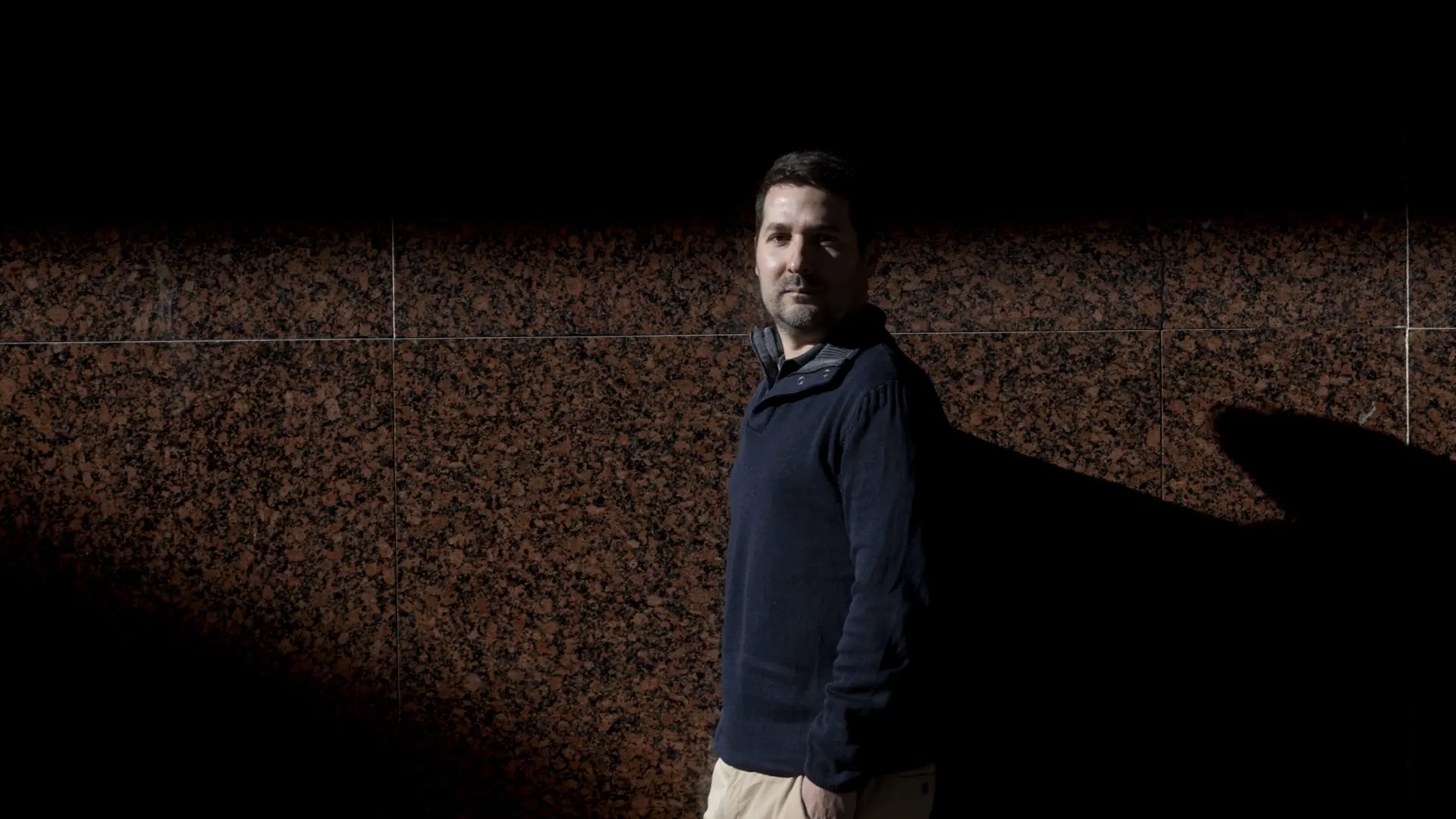“Gold is an ideal remedy against cancer”

Aragonese Engineering Research Institute (I3A) researcher Eduardo Bolea Fernandez has been awarded the “Emerging Leader in Atomic Spectroscopy” award by the international journal Spectroscopy, the world’s reference book in the field.
We are talking about nanoscience, but the reward is very big…
First of all, thank you.
Are we talking about nanotechnology?
Ideal. Nanotechnology is a scientific discipline that provides methods for manipulating matter on very small scales, known as nanometer scales. The purpose of this technology is to interfere with matter directly at the atomic or molecular level to produce new materials or develop scientific procedures.
What is the nanometer scale?
A nanometer is equal to 10-9, that is, one billionth of a meter, that is, one millionth of a millimeter.
What is the length of a micrometer?
This is equivalent to a thousand nanometers.
What about a virus, for example?
There are many types of viruses, but their sizes can be smaller than a micrometer. In terms of nanometers, a virus, a bacterium, and even a human cell, which can be as small as 10 micrometers in size, are relatively large.
The human eye cannot detect them…
Yes, with the right microscopes. In nanoscience, we develop methods that allow us to see nanoparticles and characterize them by size, number and location. The size of a nanoparticle ranges from one to one hundred nanometers. That is, it can penetrate a cell that is at least a hundred times larger.
I see him coming. One of the greatest challenges: fighting cancer.
Just like that. Current treatments such as chemotherapy remain invasive. The goal is to specifically attack the tumor.
To defeat the tumor…
This can be done using nanoparticles such as gold.
Why gold?
Gold is very stable. In addition, it is a nanocarrier. It does not attack cancer but is an ideal anti-cancer agent.
If I had a gold watch, I swear I would pawn it as a cure for cancer.
Gold nanoparticles are injected into the bloodstream, and a drug that attacks tumor cells, cisplatin, is attached to them.
Long live cisplatin!
Cisplatin is now administered throughout the body…
I understand…
It is transported to the tumor, avoiding side effects in the patient. It can also be made from iron nanoparticles. In addition to transport, we can explode them inside the tumor.
How do they explode?
Thermal method, heat. It sounds like science fiction, but it’s not.
Fantastic! How did you get here, Dr. Bolea?
The reward extends throughout your career. In 2013 I went to Belgium. In 2017, he defended his PhD thesis in Ghent: “Development of analytical methods for elemental and isotope analysis using inductively coupled plasma mass spectrometry.” During my PhD, I worked in biomedical, environmental and geological fields.
Biomedical?
We determine titanium in blood samples. This was for patients with titanium prostheses.
Geological?
We determine the relationship between strontium isotopes. They give us information about the age of a geological sample.
I also heard something about the sinking of a submarine…
This was at the post-doctoral stage. I worked in Belgium with mercury isotopes. I did this in collaboration with the Norwegian Institute of Marine Research. Norway has a problem with a submarine sunk by the British during World War II. The submarine was carrying 67 tons of mercury to make bombs.
It frightens me…
This is a very big danger. It’s near Bergen. It remains submerged at the bottom of the sea. Our goal was to test whether mercury entered the food chain.
Was there any transfer of substances to the fish?
Accurate. Isotopes act like fingerprints. We know whether the mercury got into the fish from a submarine spill.
AND?
Fortunately, the case did not continue.
Where do you work now?
In the Mars group (rapid analysis methods using spectroscopic techniques) I3A Unizar, where I returned from Ghent University. I am currently immersed in the Nano Lyme project, which aims to develop a method for diagnosing Lyme disease using nanotechnology, atomic spectrometry and artificial intelligence.
Wow, get into nanoscience…
Thank you very much.